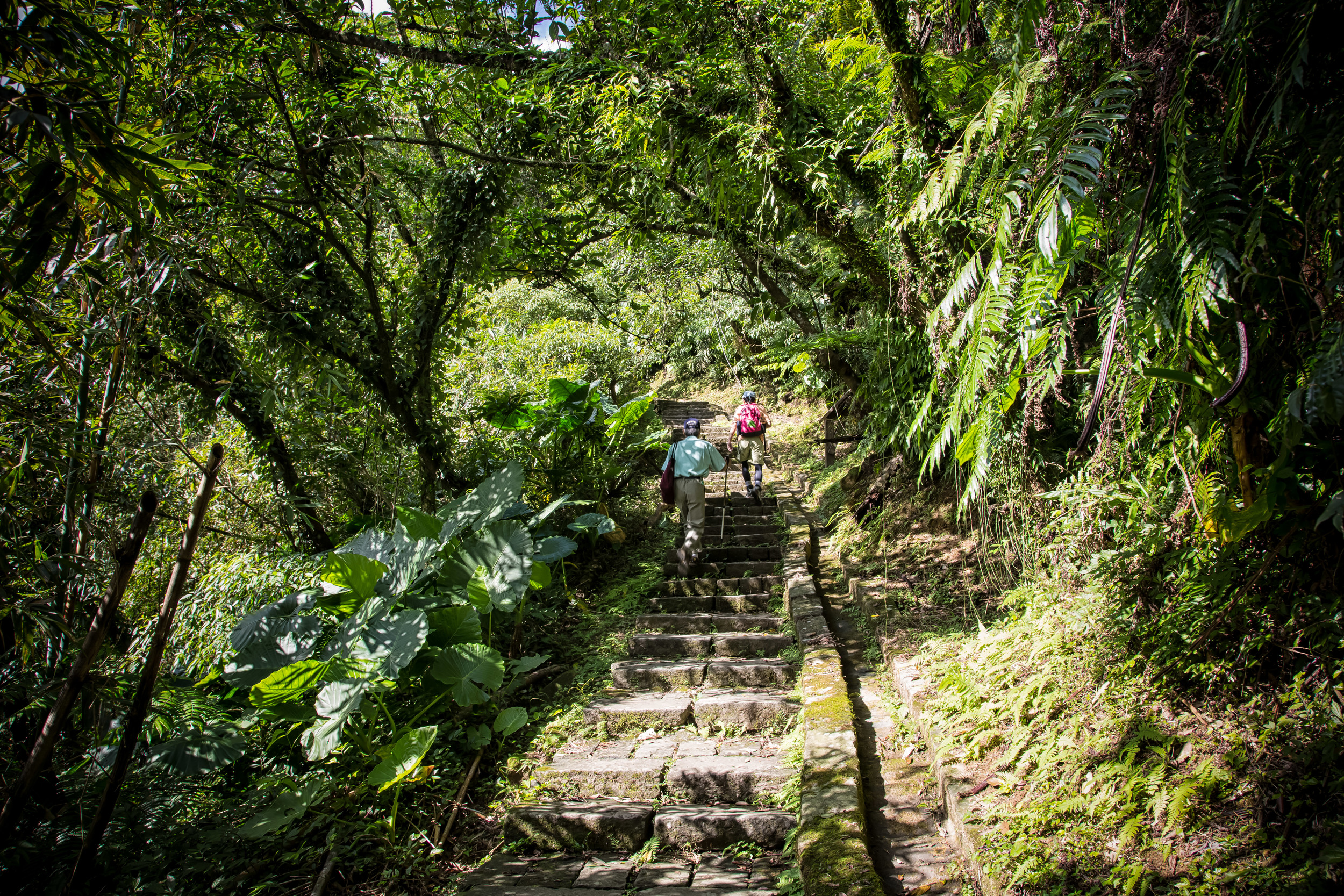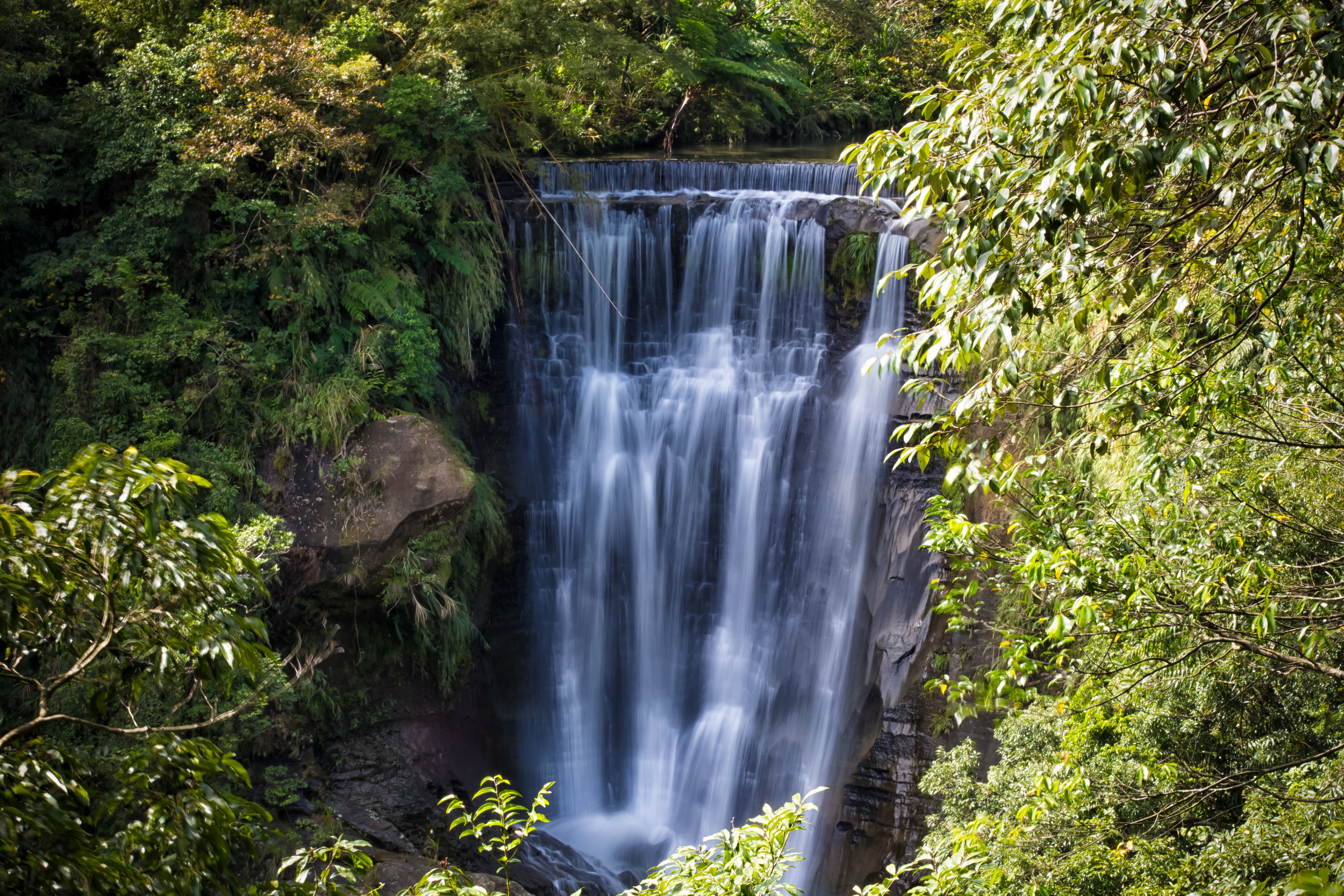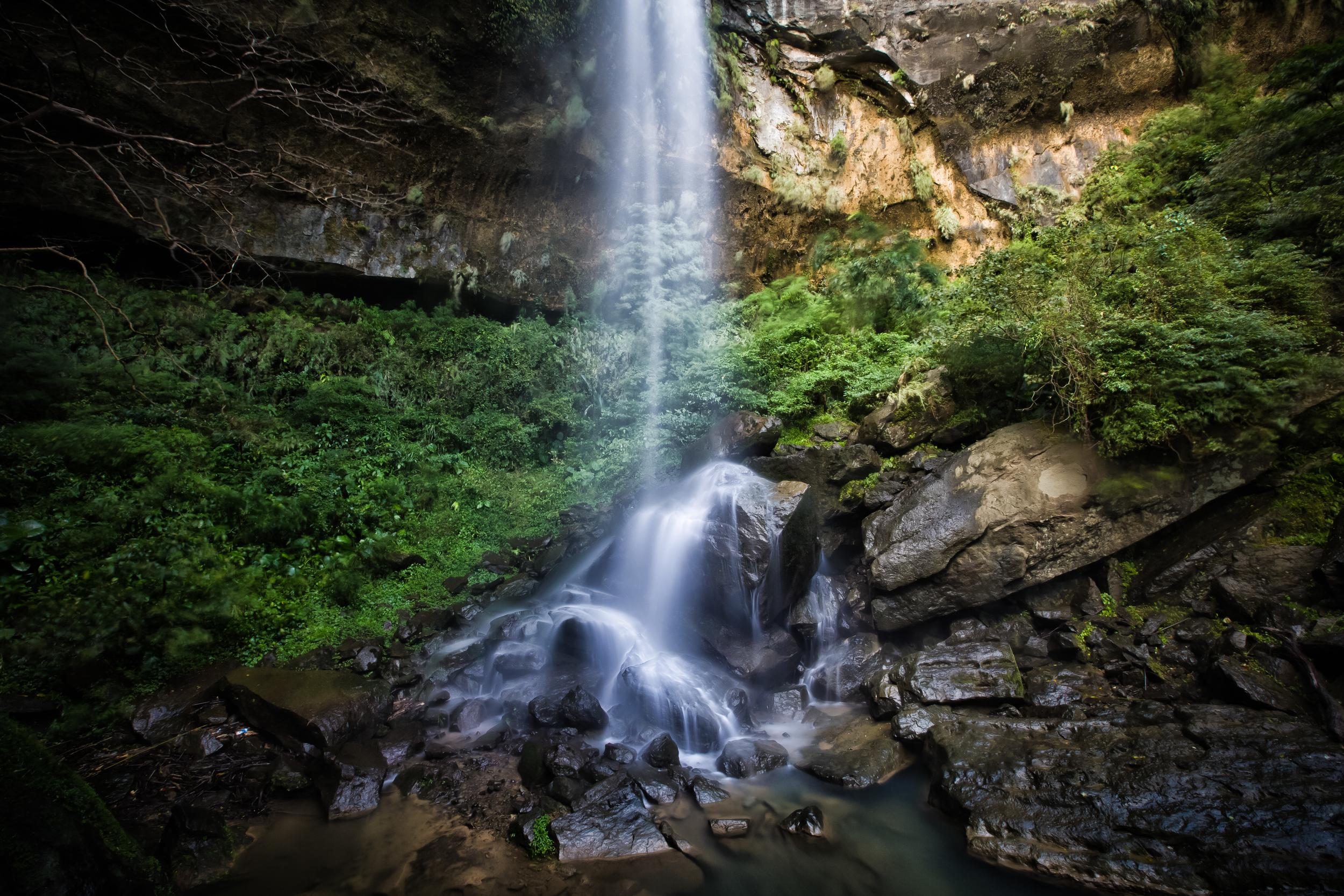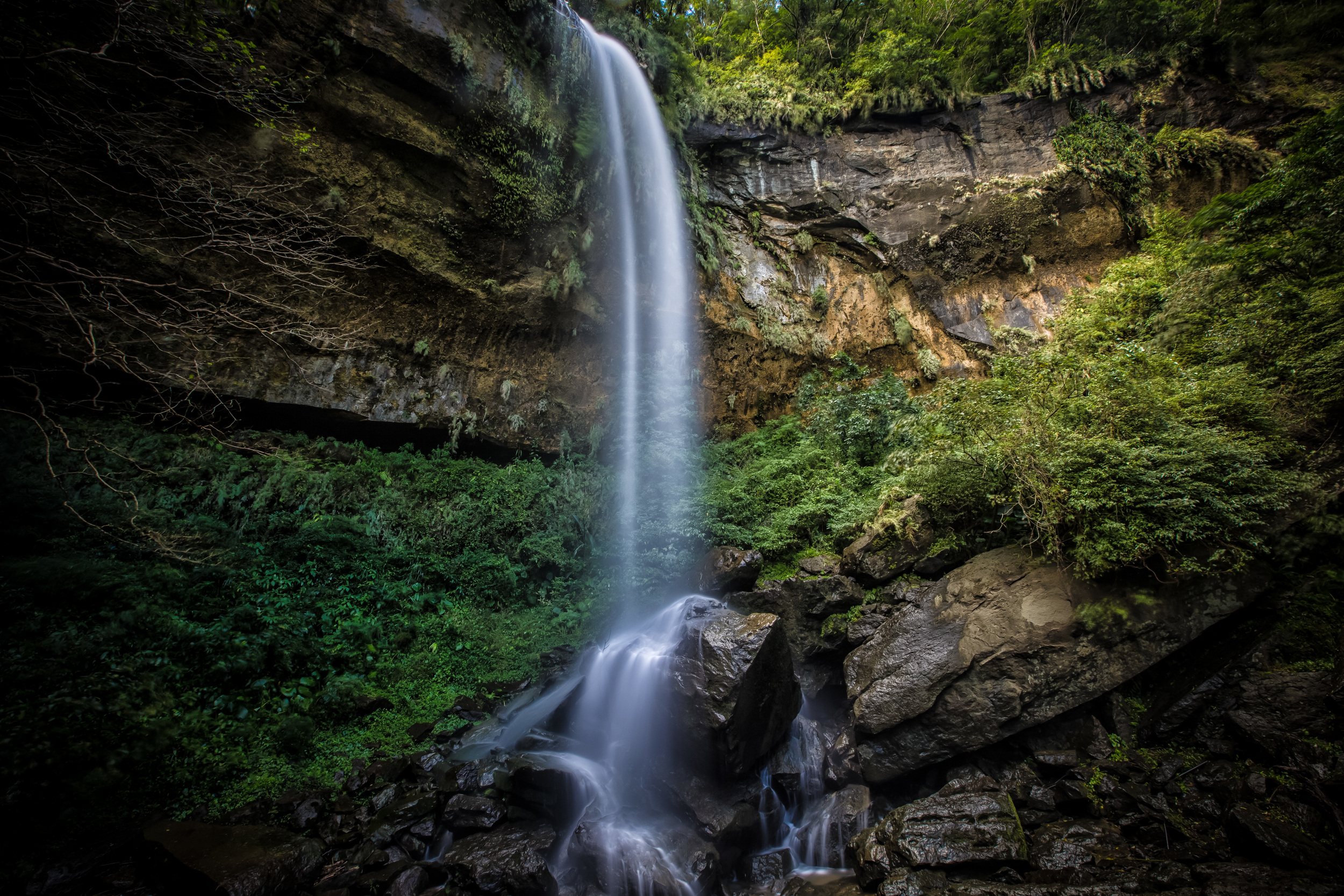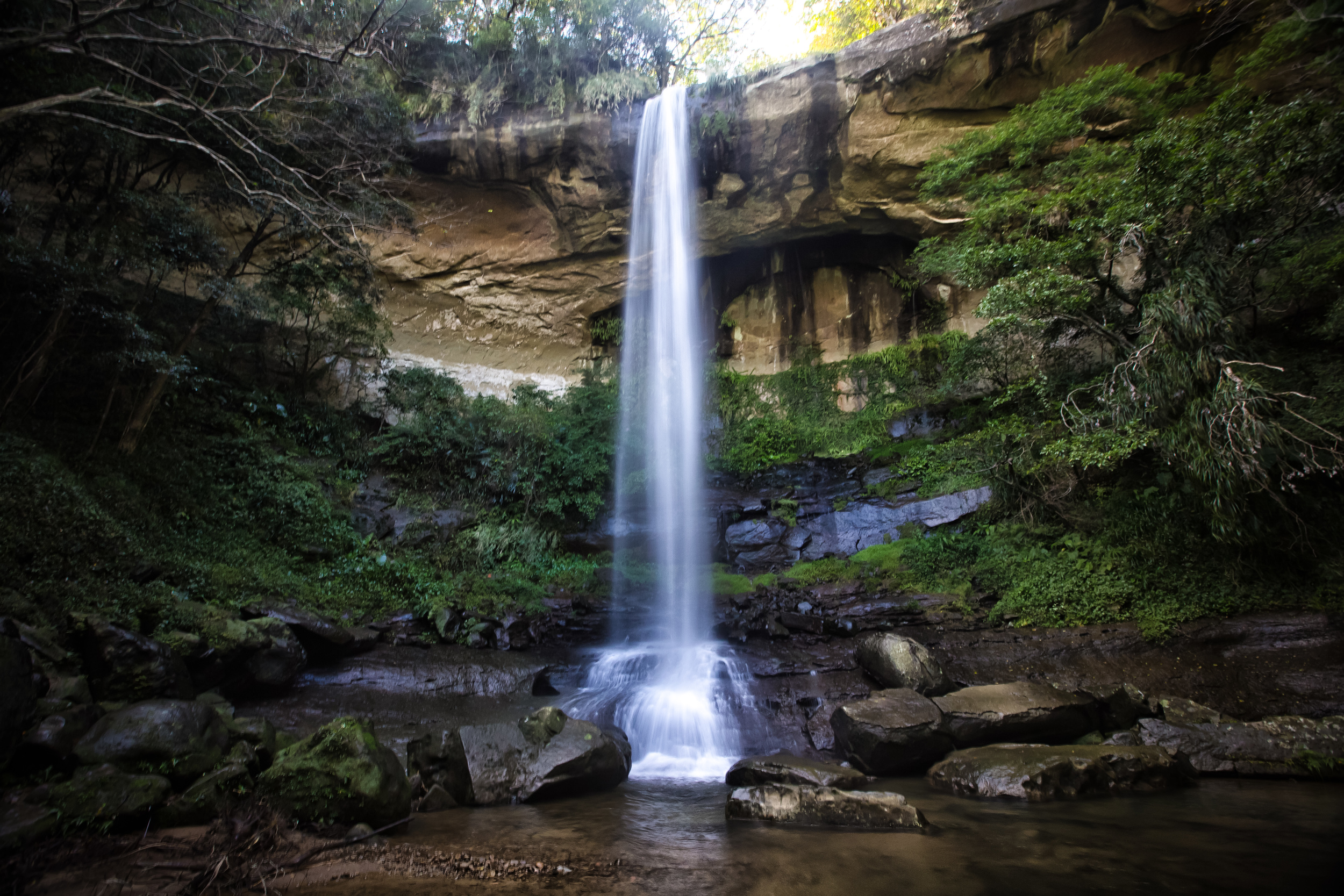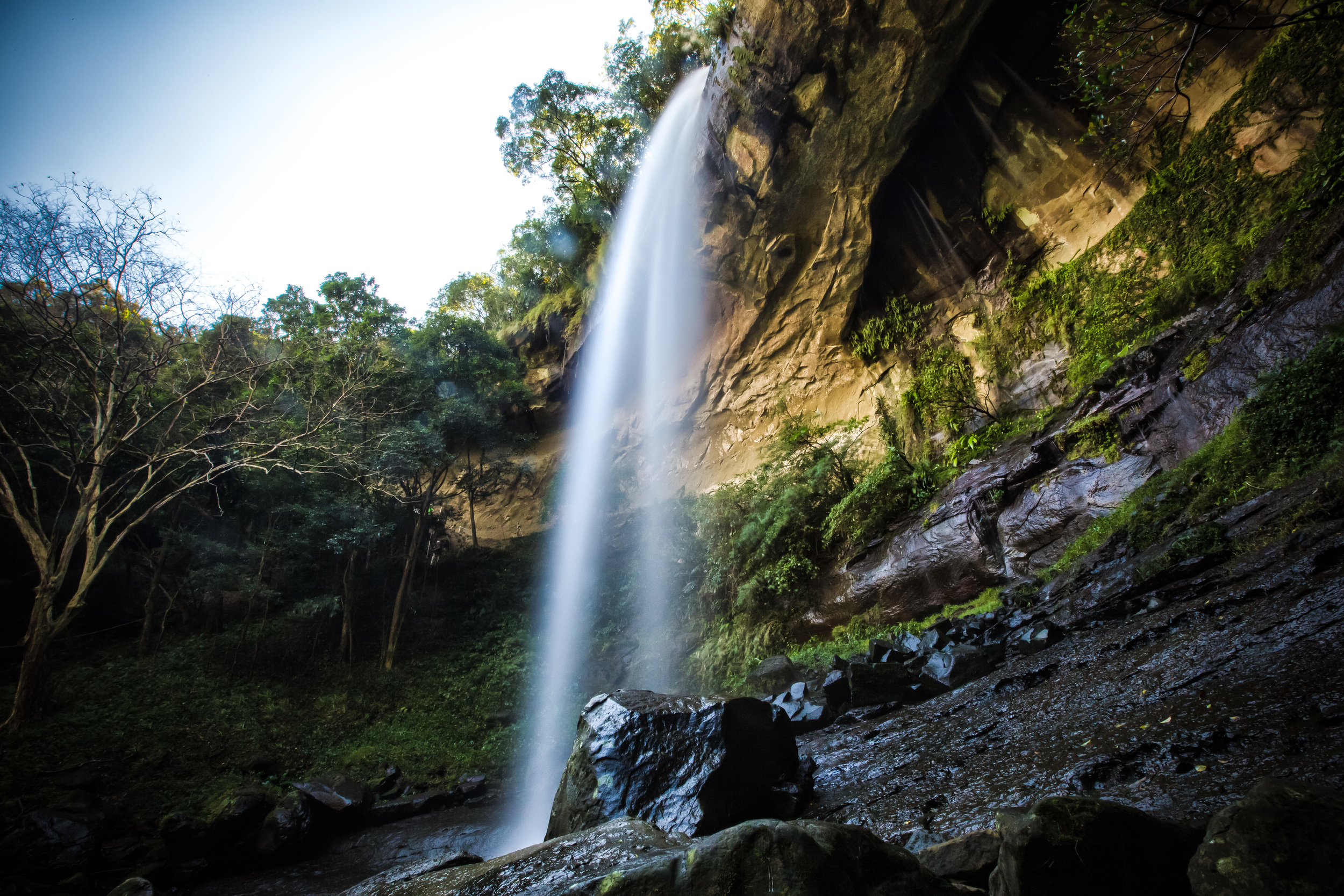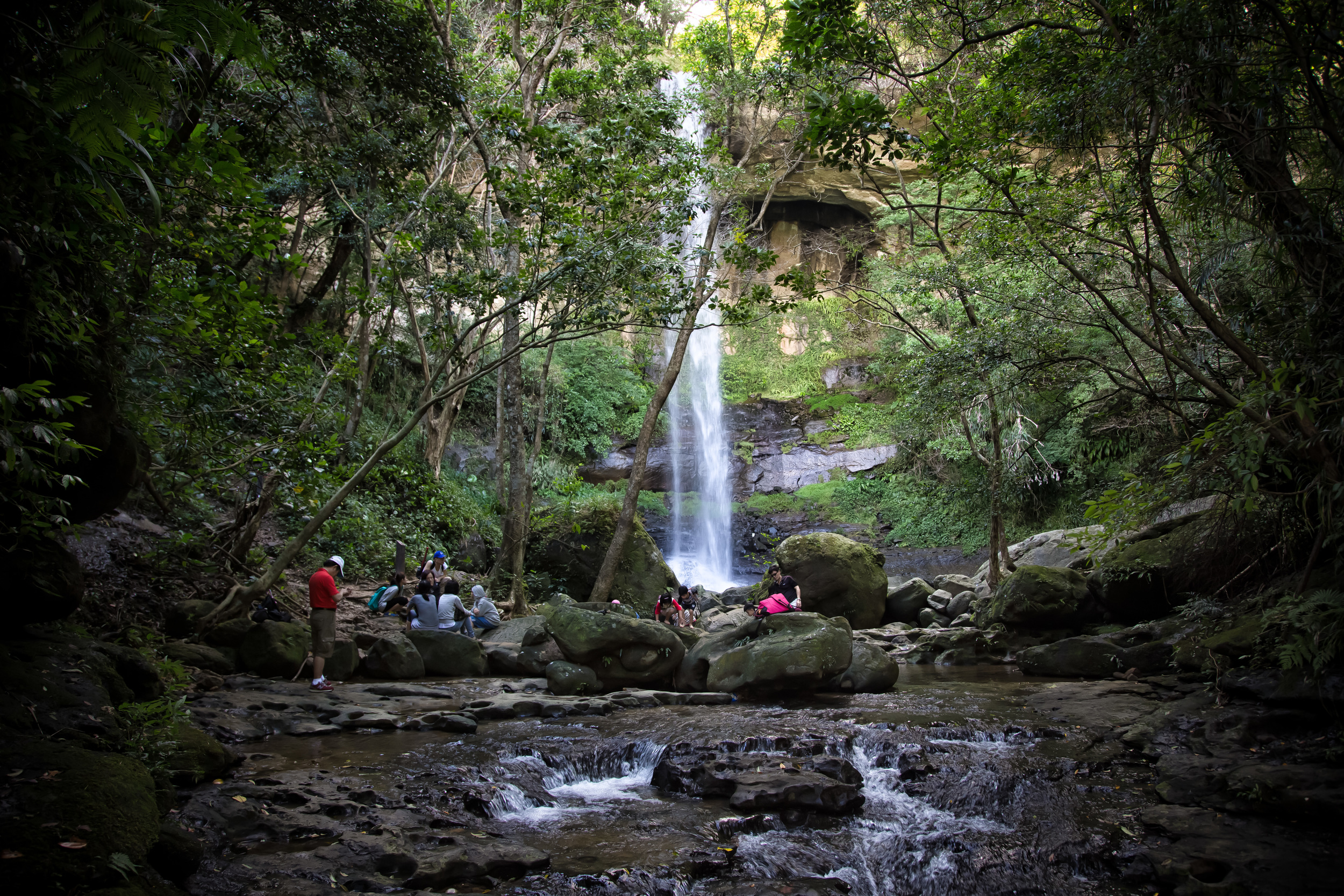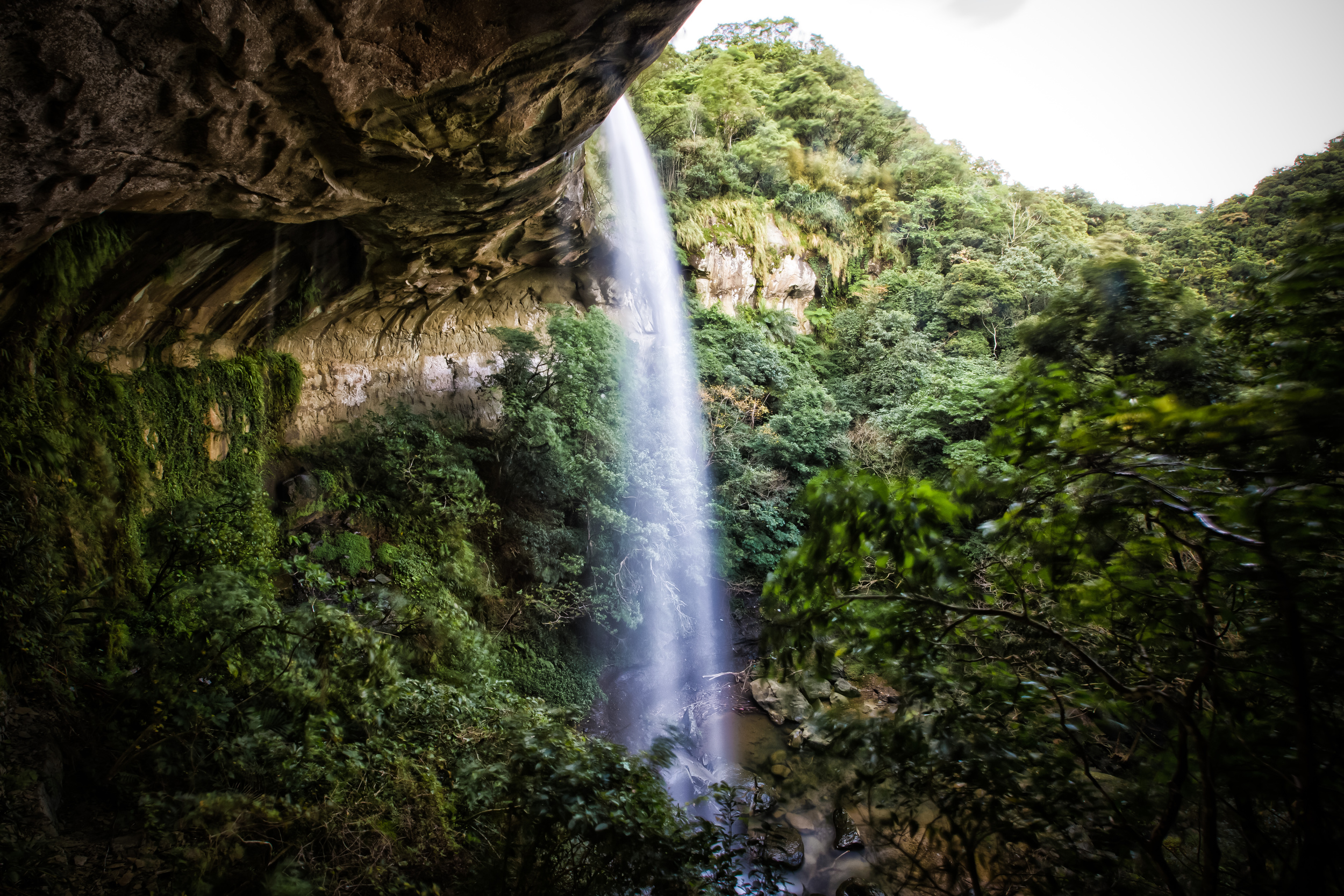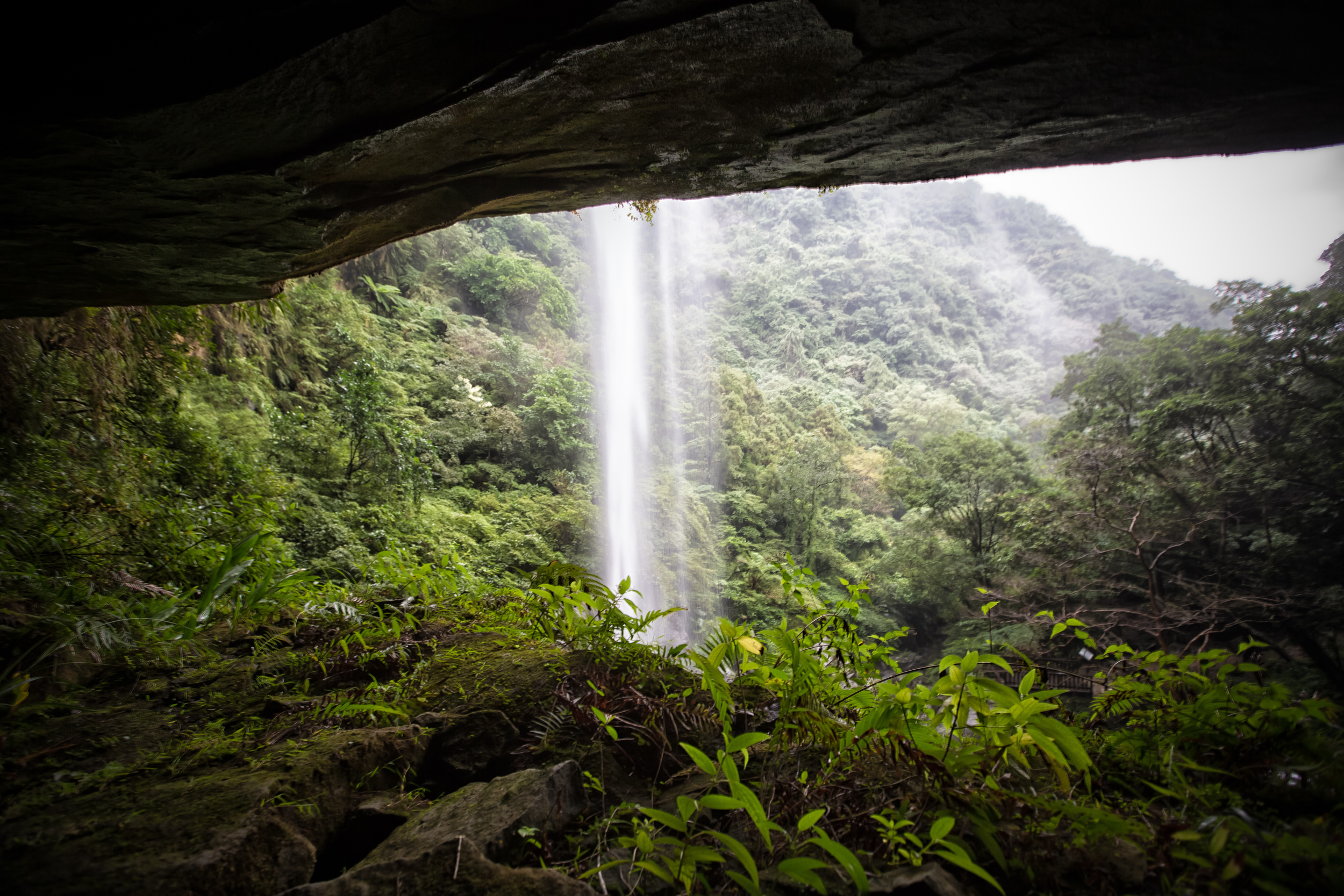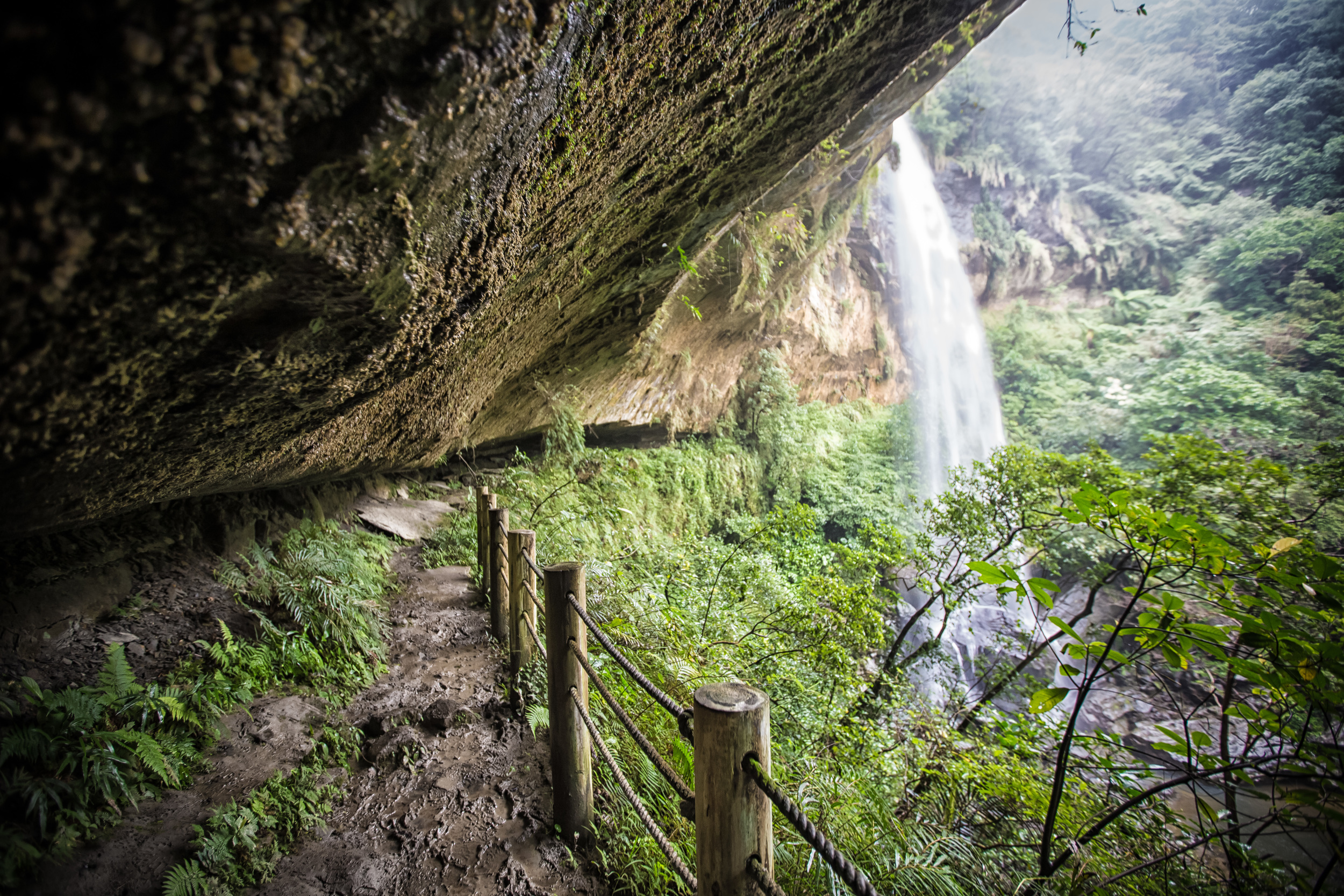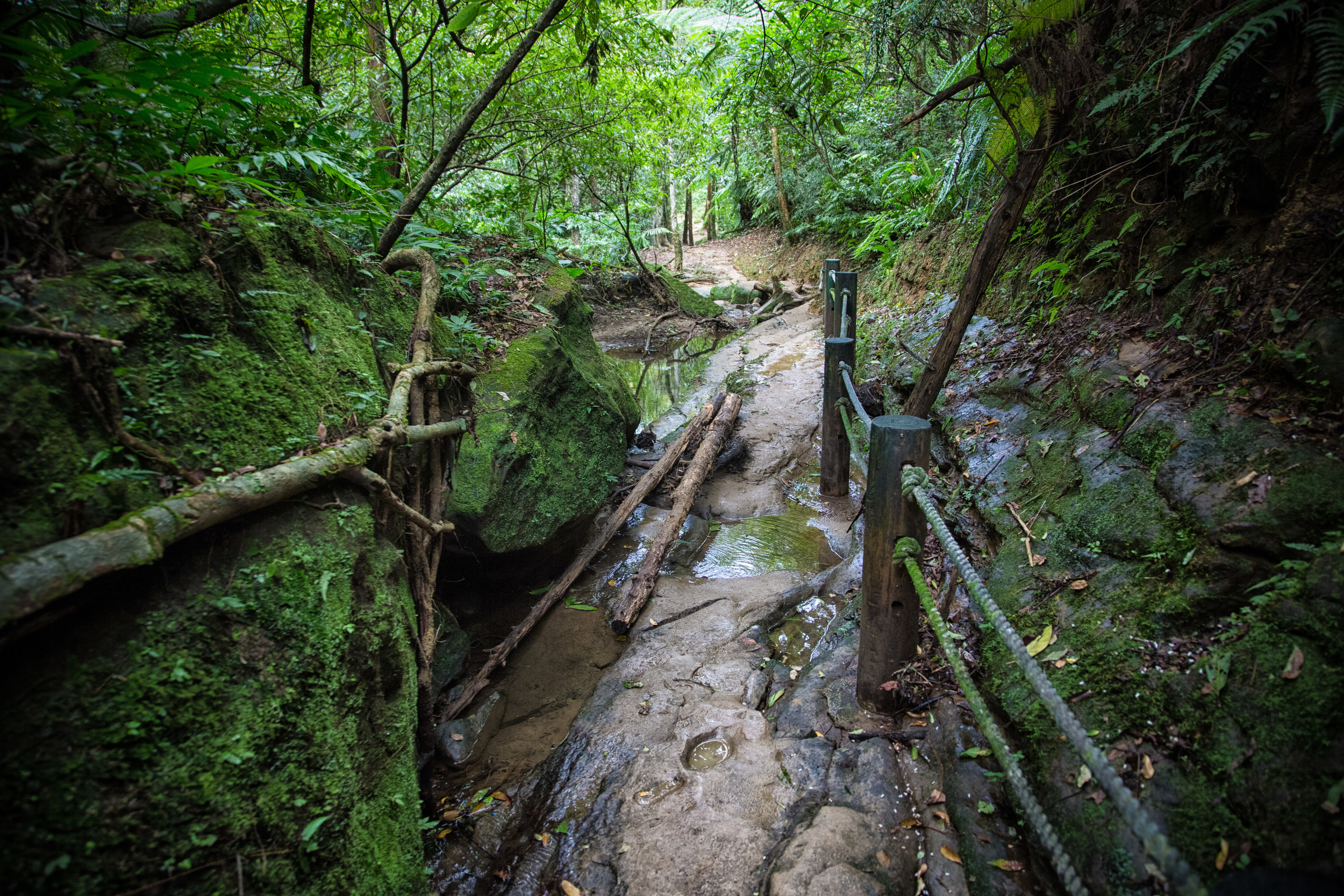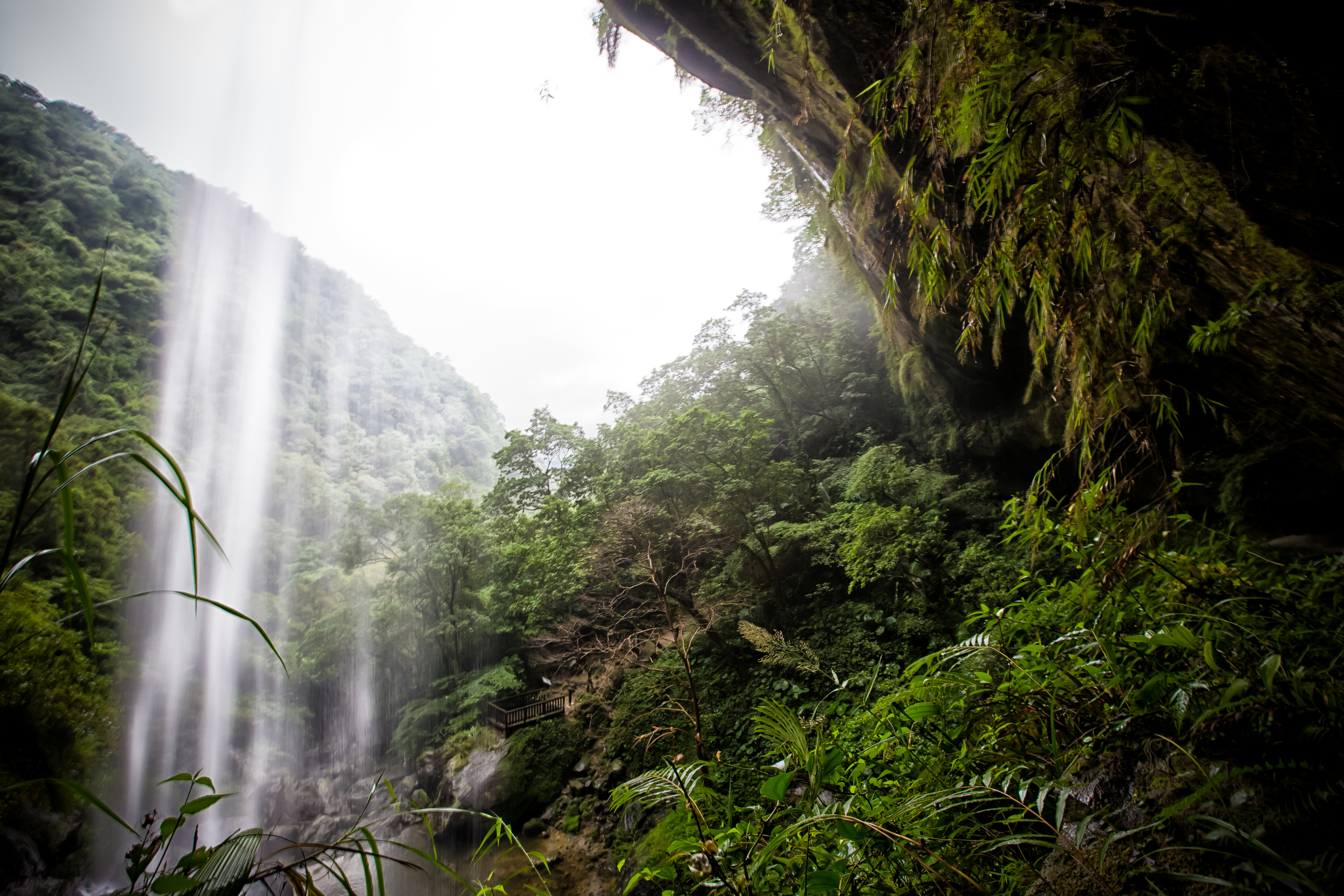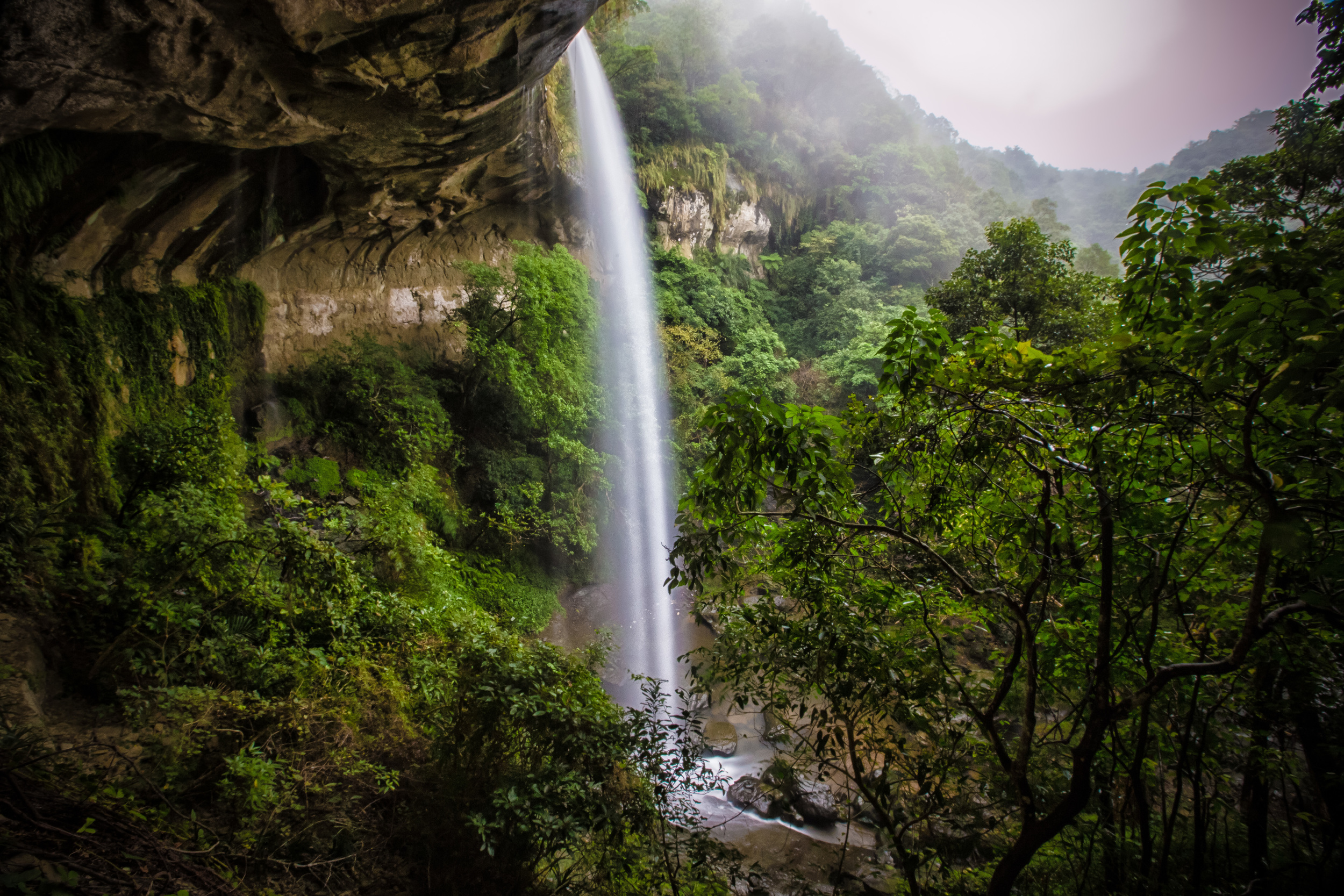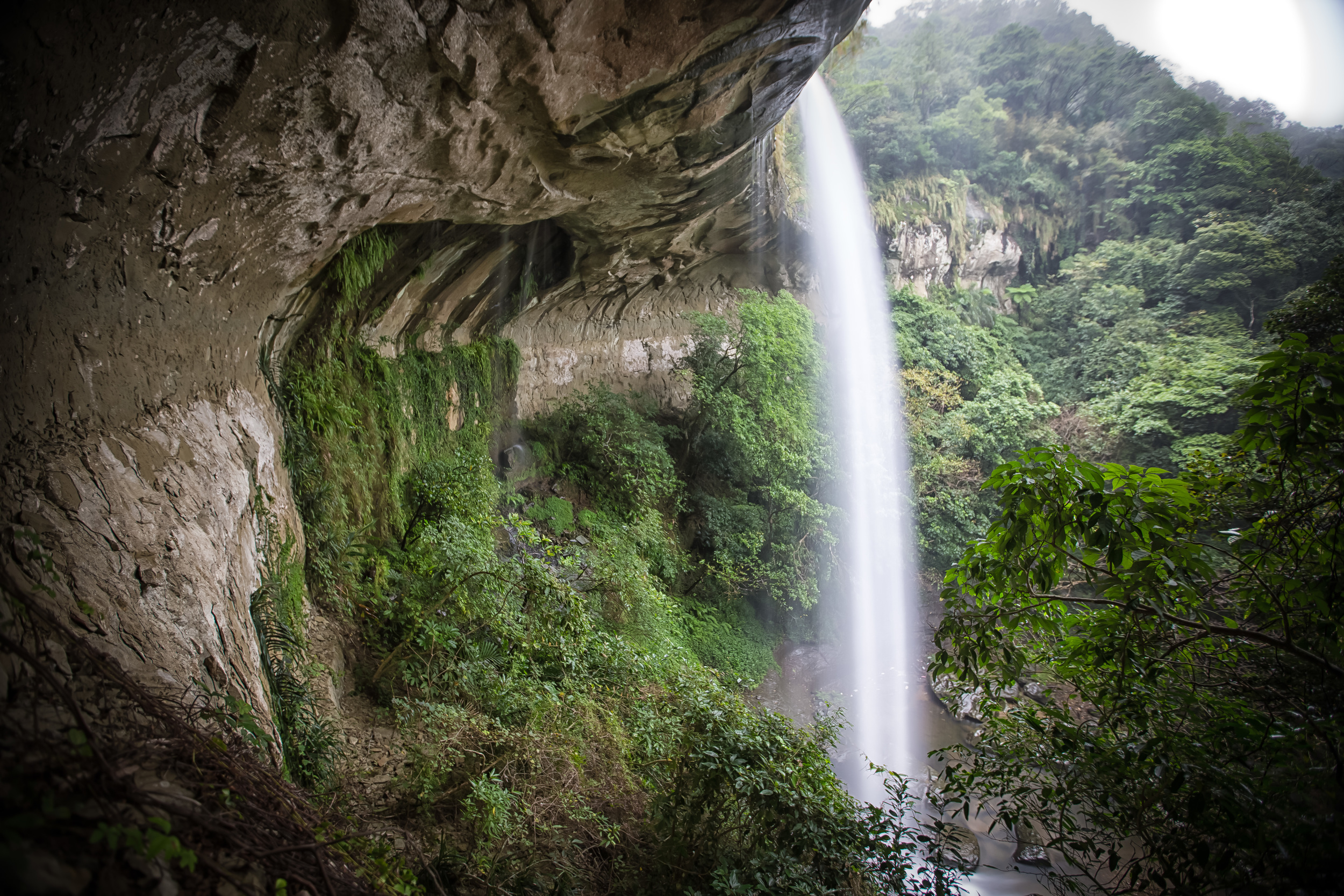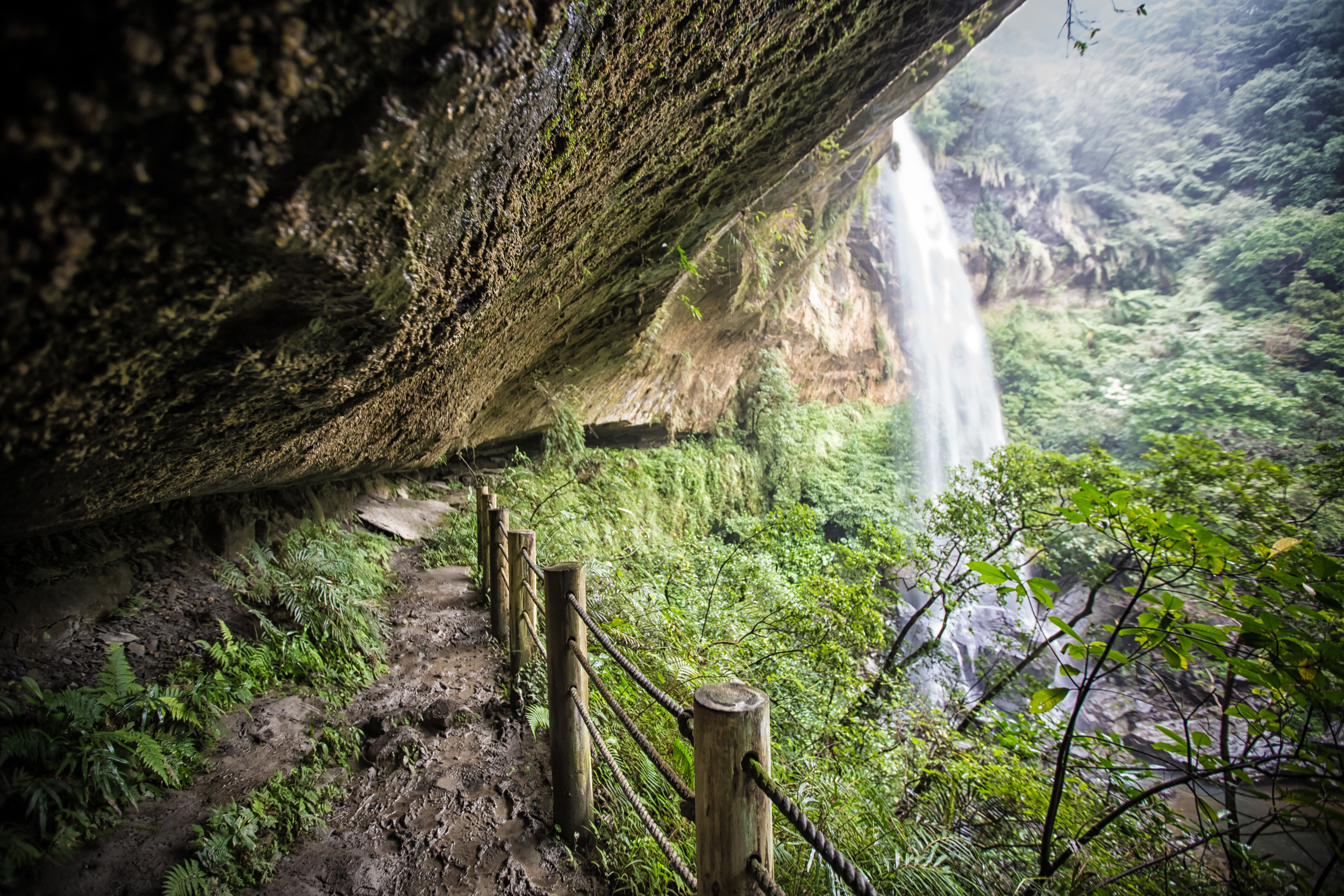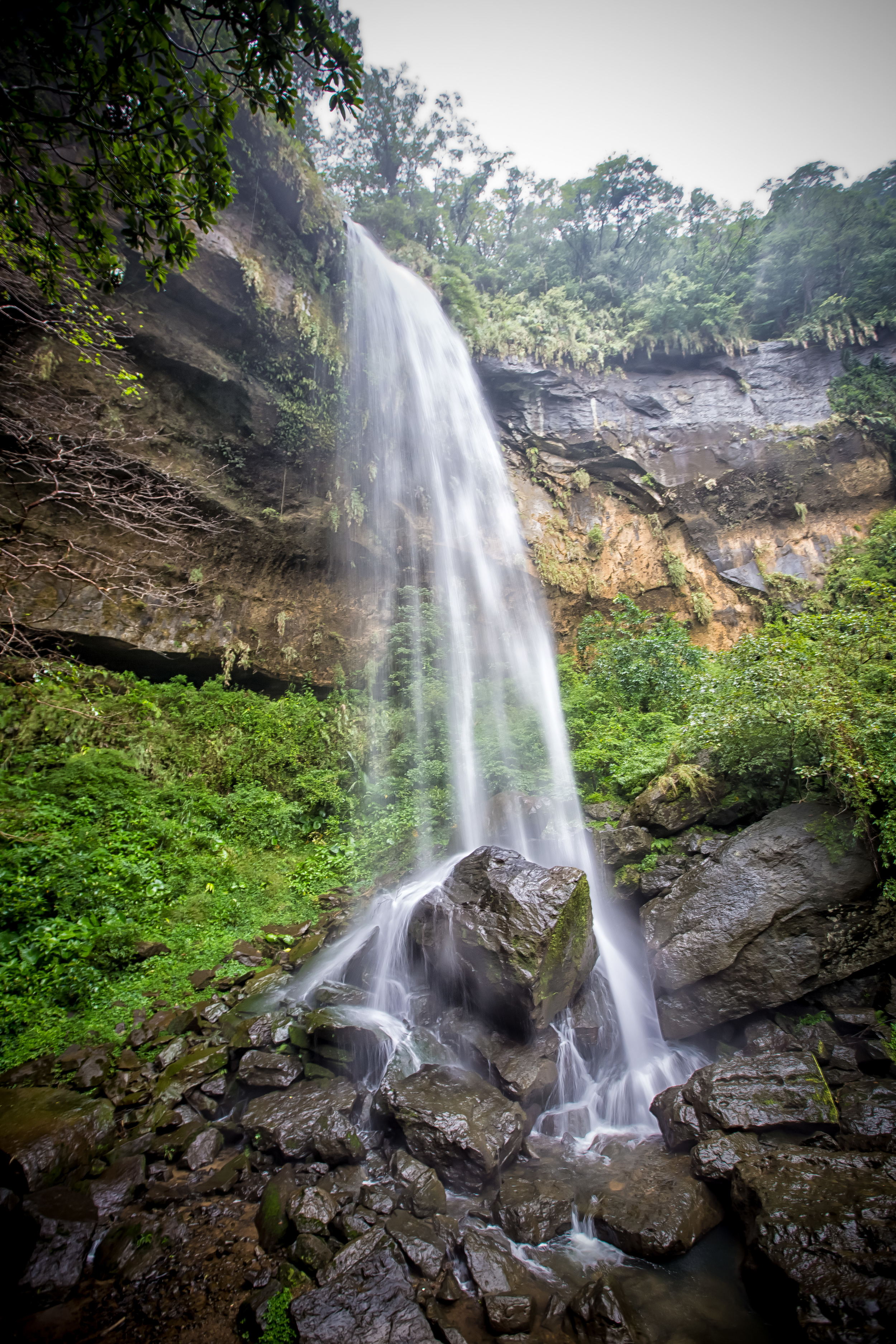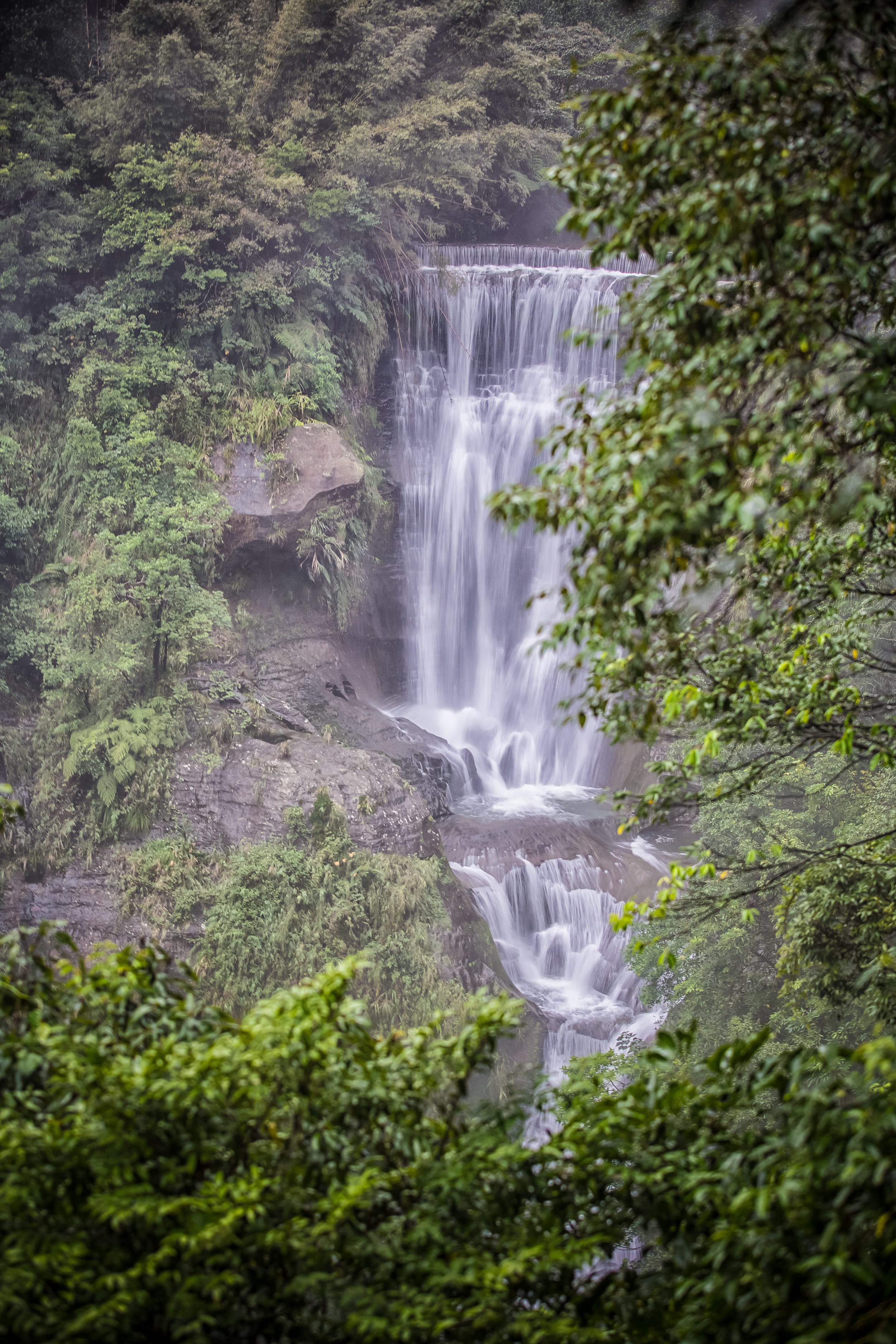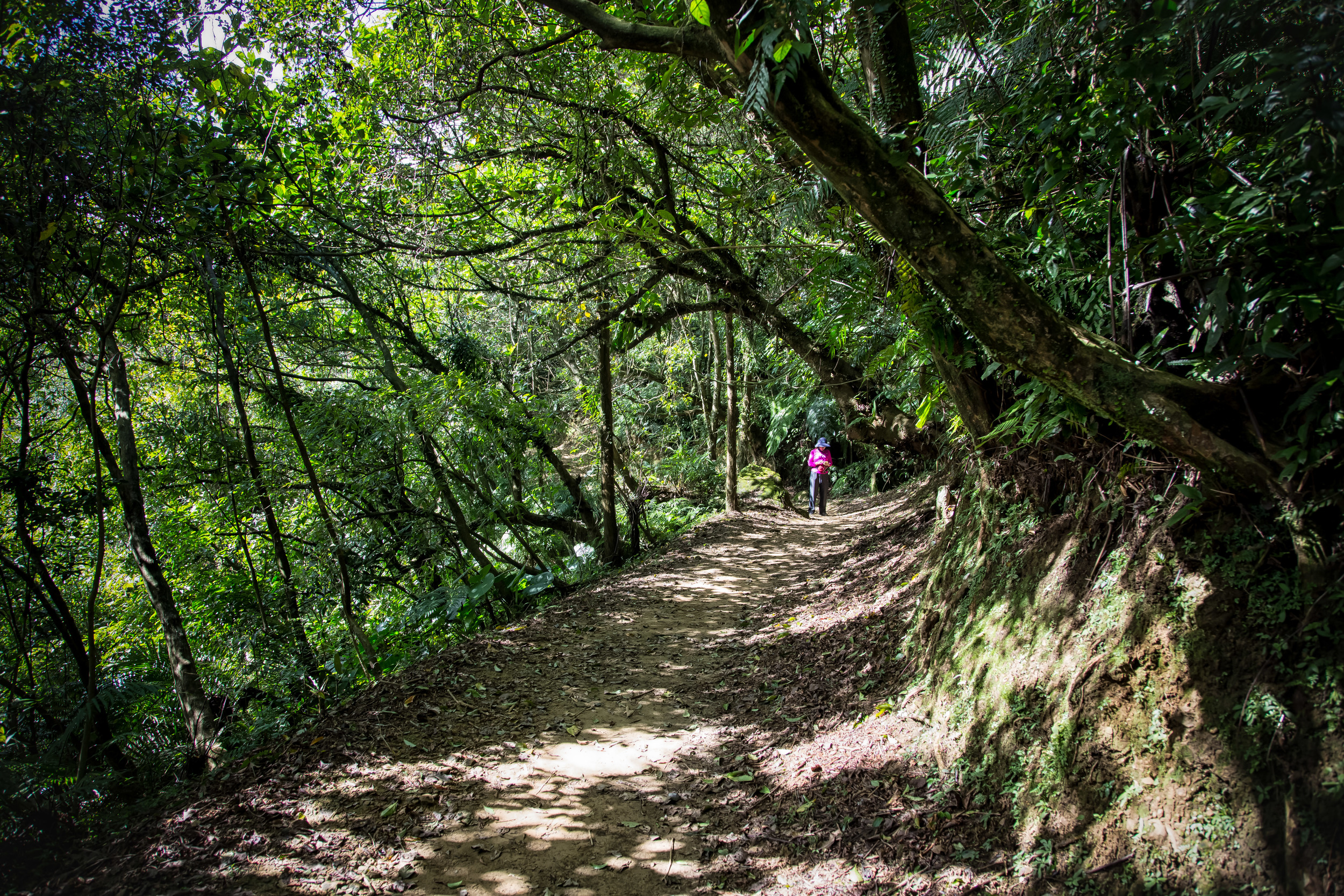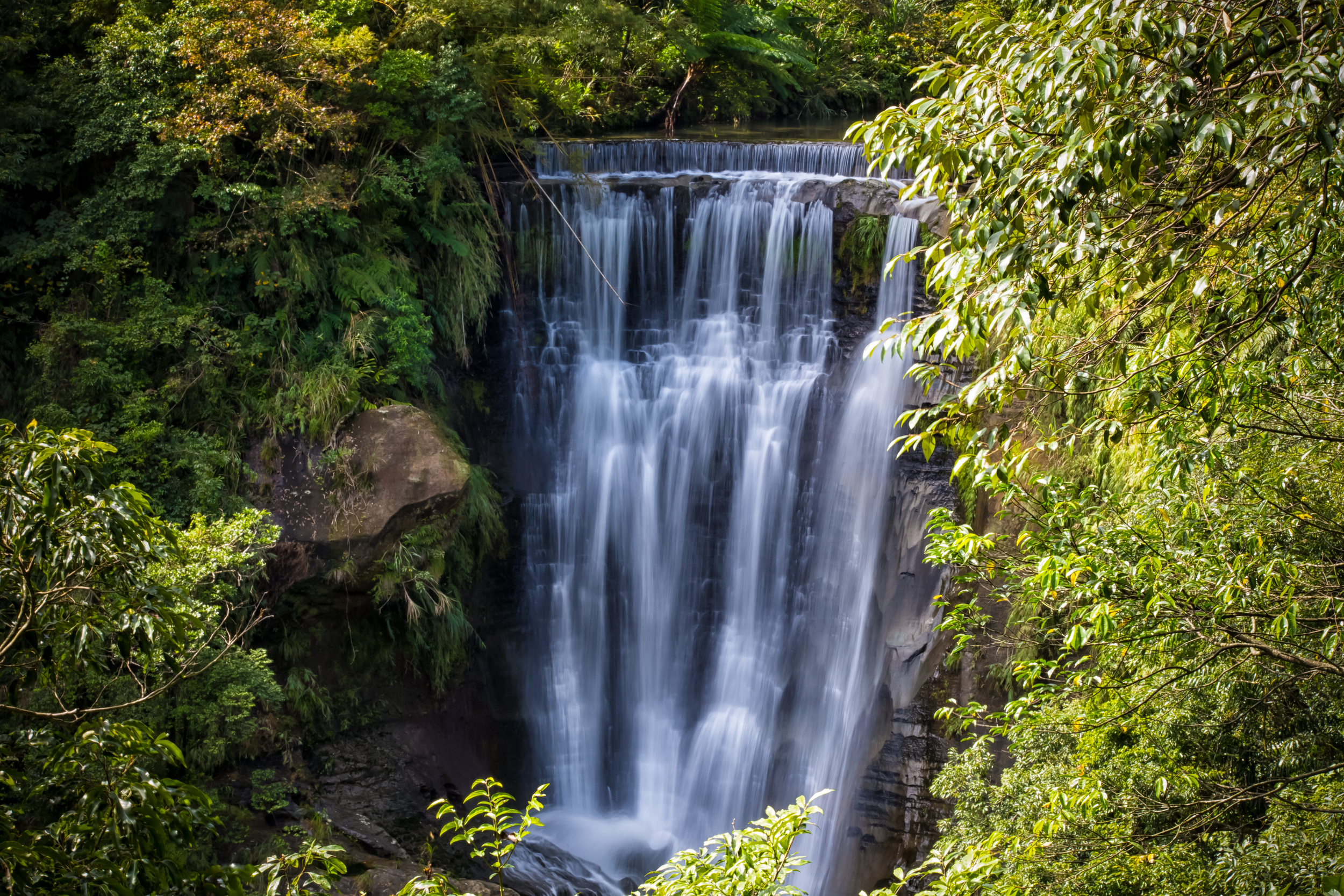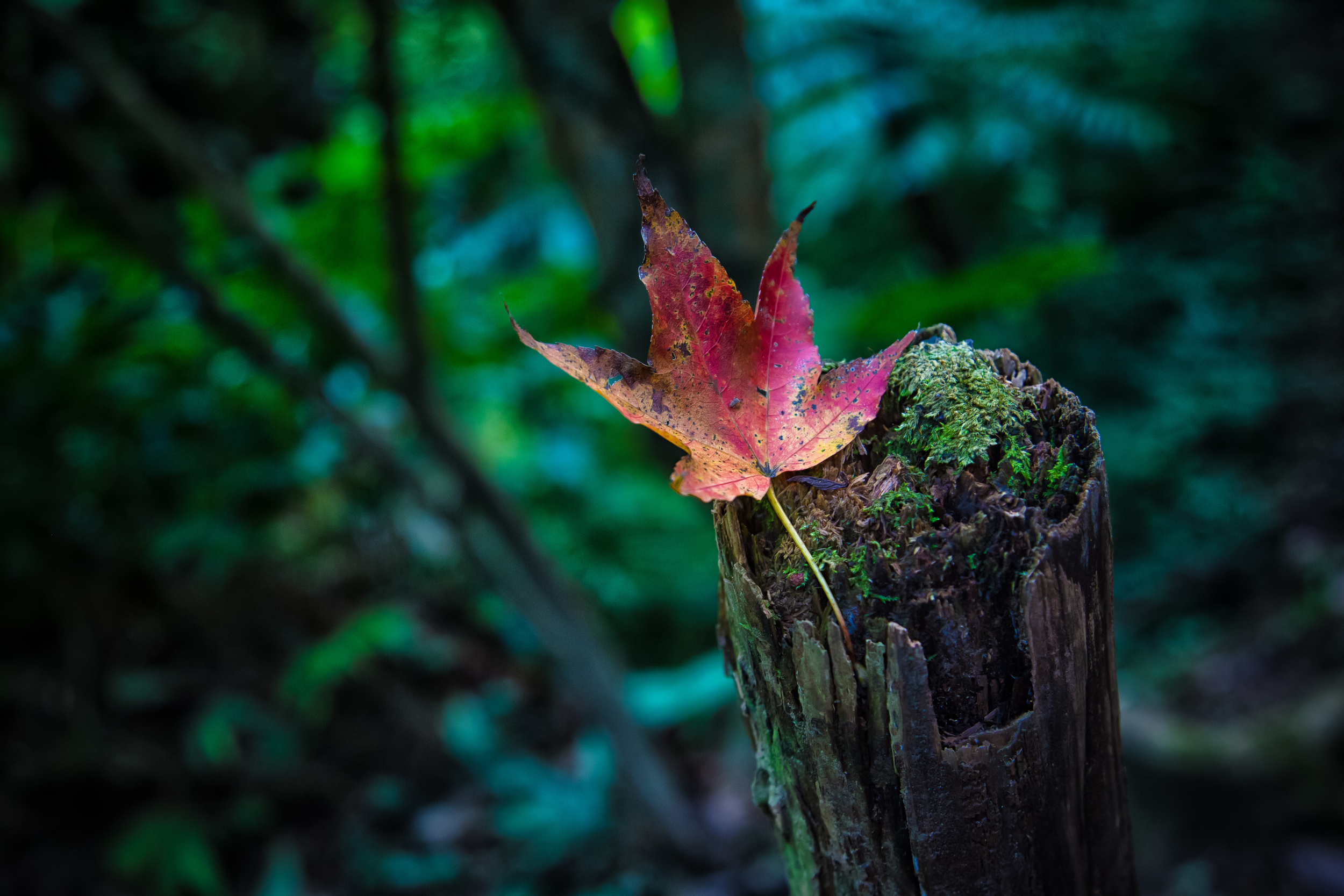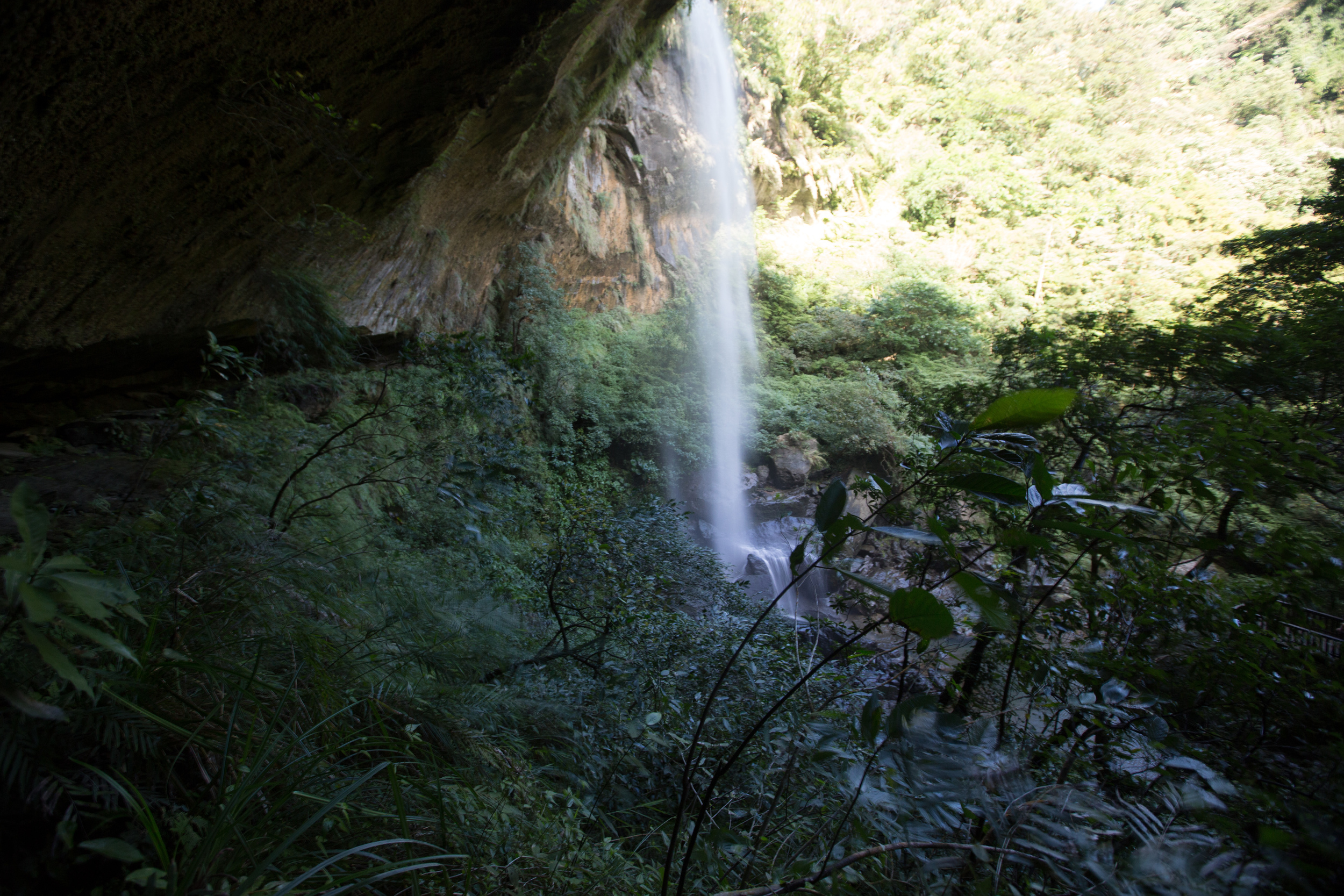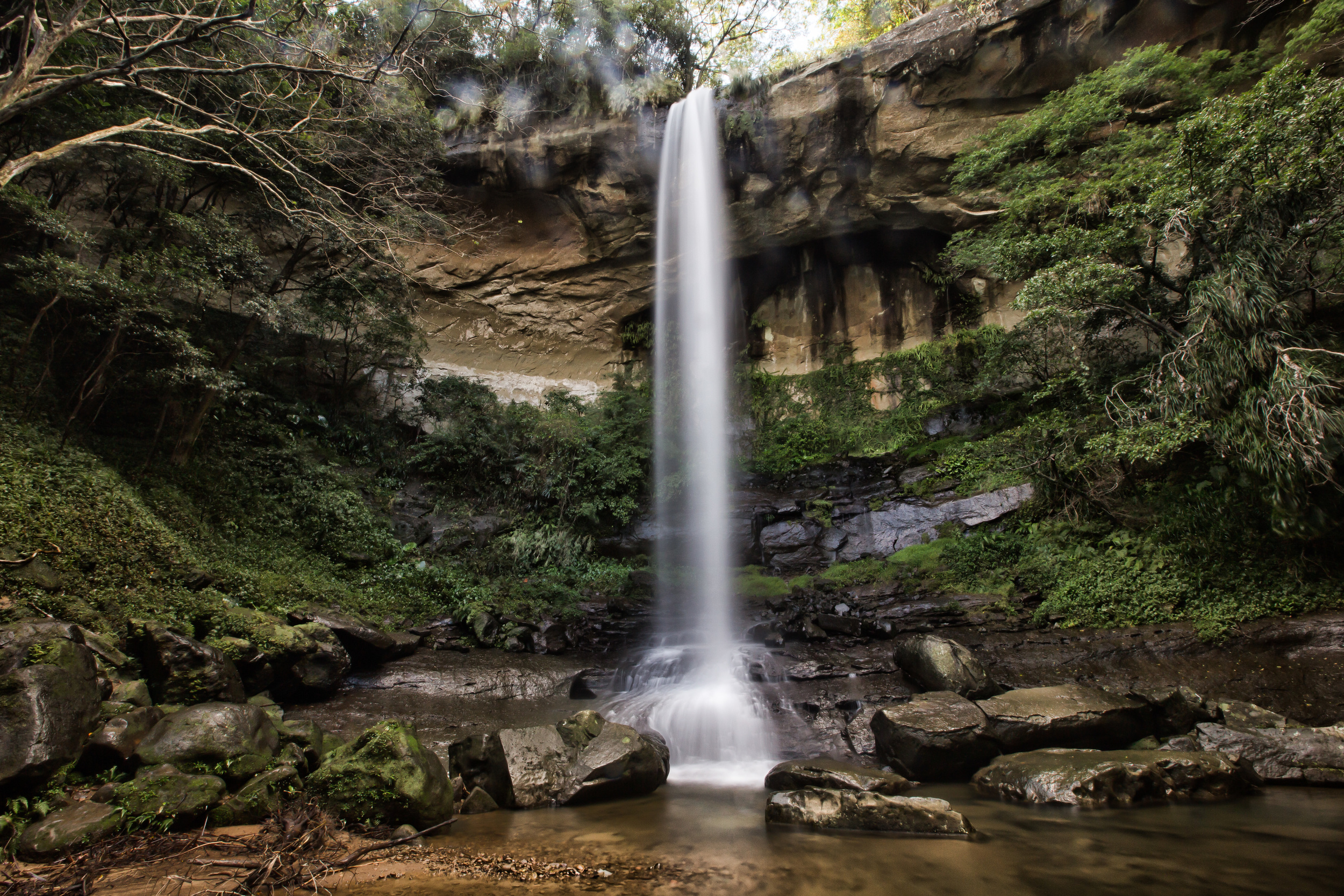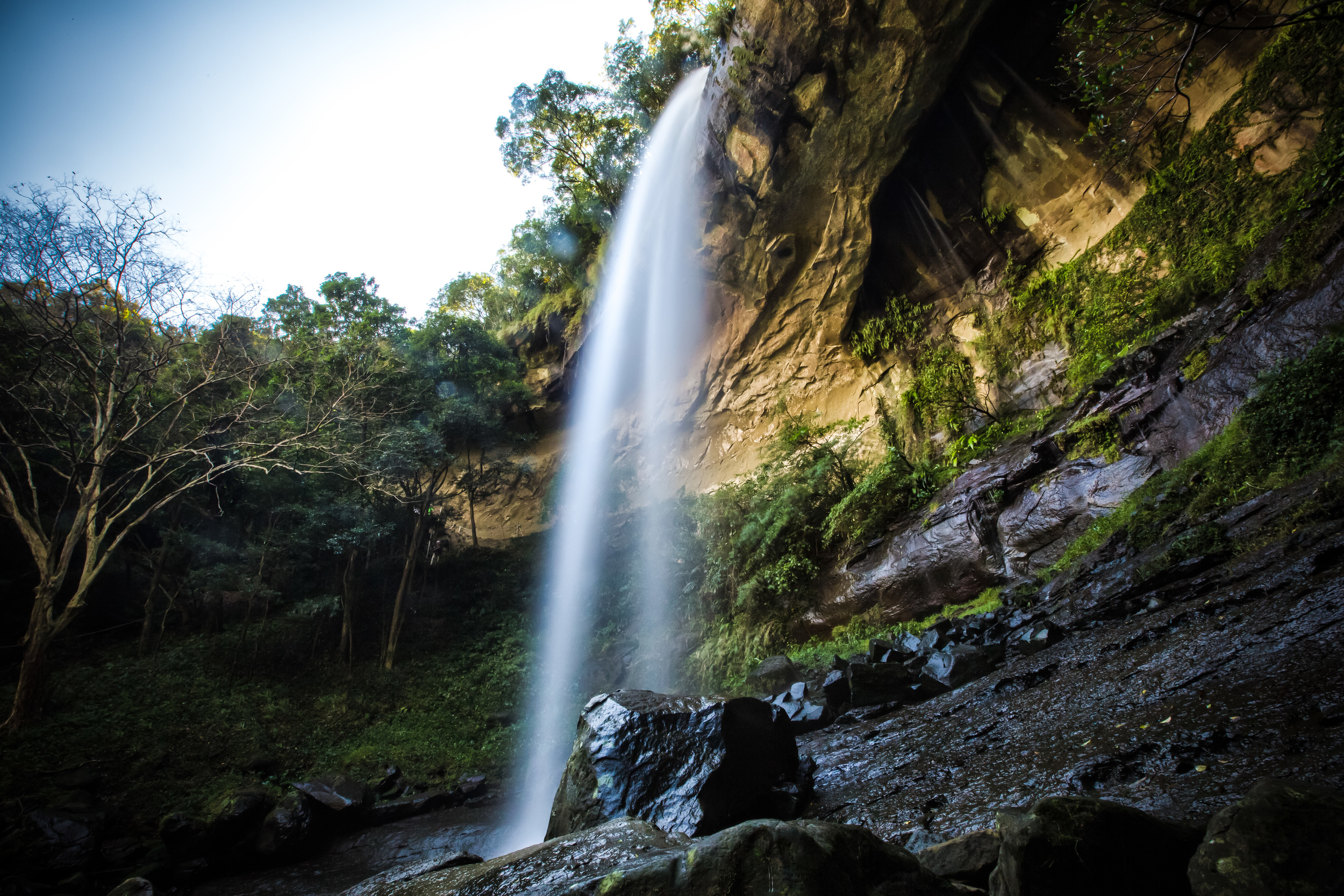When I initially opened this site, I wasn’t really a man with a plan when it came to the direction that I’d be taking with this blog. After almost seven years though, when I look back at some of my earliest posts, it’s quite obvious that the way I write and present things here has changed considerably.
Which I hope makes for a much improved user experience.
Even though I’m always trying to take new photos and produce new content, but I also need to remember that it’s important to update older posts, too. It should go without saying that some of the places that I‘ve posted over the years have also changed, requiring an update on my part.
I’m going to start with this one.
Without fail, every year when I do one of my “Year in Review” posts, one of the blogs that is always at the top in terms of traffic has been this post about the Pingxi Crags.
With so much traffic landing here to learn about the crags, I feel like what I originally published seven years ago wasn’t even remotely helpful. So, I did a major overhaul of the post and added new photos.
When I first wrote about the Pingxi Crags almost seven years ago, the trail was well-known among those of us in Taiwan’s avid hiking circles, but that was about it. Even though Pingxi Village has always been a popular day-trip for locals and tourists alike, the hike wasn’t really on anyone’s radar.
The crags however weren’t a secret that we were able to keep and the cat is certainly out of the bag about this exhilarating hike.
The trail is currently one of the most popular hikes in Northern Taiwan.
But you won’t find many of us avid hikers frequenting the trail.
We’ve been replaced by large weekend crowds of Instagrammers in search of photos for their ‘likes’ addiction.
If social-media love is something that you desire, a photo from the crags will undoubtedly help with that.
The Pingxi Crags
So what exactly are the Pingxi Crags?
The Pingxi Crags are an exciting day-hike located in the historic Pingxi district (平溪區) of New Taipei City. In total, there are three peaks to climb and the best thing about them is that you can hike all of them in a couple of hours and still have enough time to check out Pingxi and enjoy all that the area has to offer.
Each of the crags provides an amazing view of the surrounding area as well as the satisfaction of being at the top of a relatively high mountain, but with considerably less effort than other mountains.
Obviously, the Pingxi Crags is a highly recommended hike for anyone living or visiting Taiwan and is well-deserving of its popularity.
That popularity however does create some issues.
Its important to remember that the trails are sometimes overcrowded and full of inexperienced hikers, which causes a bit of a traffic jam on the narrow and dangerous ridges.
If you visit the crags and the trail is jam-packed with people, remember to be patient, considerate and careful.
The strange thing about the hike is that both foreigners and locals refer to them in completely different ways. In English, we often use the term “Pingxi Crags” to refer to the group of three rugged rock face cliffs, but in locals almost always refer to them as three separate mountains.
So, if you’ve been looking, its not likely that you’ll find much of anything resembling the term “Pingxi Crags” in Chinese.
The three peaks are Xiaozi Mountain (孝子山), Putuo Mountain (普陀山) and Cimu Peak (慈母峰) and are actually just three rock-face crags that are part of a much longer trail that extends further on to Stinky Head Mountain (臭頭山) or the Central Ridge (中央尖).
Each of the crags has been given somewhat of a philosophical name and to compliment each of them you’ll also find quite a few religious images on each the trails and peaks.
Xiaozi (孝子) - Pious Son
Cimu (慈母) - Motherly Love
Putuo (普陀) - Named after Mount Putuo, one of China’s sacred Buddhist mountains.
Even though there are three mountains to climb, I think its important that readers realize that not all of these crags receive the same amount of attention from the weekend crowds.
These days, if you show up during a busy period, you’re likely to only really encounter crowds of people wanting to hike to the peak of Xiaozi Mountain.
More often than not, this means that the trails to the other two are much less busy.
This shouldn’t really be a big surprise as Xiaozi Mountain is the go-to destination on the trail for all your popular instagram photos.
Take it from me though, if you travel all the way to Pingxi just to hike this trail and you only hike one of the crags, you’ll have wasted your time.
The other two crags are beautiful and also offer some great opportunities for photos. So spice things up a little - You don’t have to take the exact same photo as everyone else!
Below, I’ll introduce each of the three Pingxi Crags, and hopefully in the process persuade you to hike more and go further than your average Instagrammer!
Xiaozi Mountain (孝子山)
Height: 360m
The most popular and obviously coolest of the three crags, Xiaozi Mountain is the primary destination for almost everyone hiking the crags.
The rocky crag rises high out of the valley but with a total height of only 360 meters, its the smallest of the three.
You might be wondering why the smallest of the three crags is the most popular? Well, its probably because Xiaozi Mountain rises up out of the valley all by itself, separated from the other two and features a small rigid peak that is only really capable of safely accommodating a couple of people.
Once you’re at the top, it is easy to feel a sense of vertigo while looking down, which is something that you won’t really get from the other crags and makes it great for photos.
From the trailhead, you’ll only have to hike for around five to ten minutes before you reach a fork in the road.
To your left is the entrance to Xiaozi Mountain and to the right are the entrances to the other two crags.
The entrance to Xiaozi Mountain requires you to walk up a steep set of stairs that have been carved out of the side of the mountain.
Once you pass by the stairs, you’ll arrive at an area where the hike starts to become a bit more dangerous.
You’ll follow the trail around the crag which will take you up a ladder that has been fastened to the mountain.
At this point, if you are afraid of heights, its probably better to turn back as the hike up and back down can be a bit nerve-racking.
The stairs on the ladder are easy enough to climb but if you are unaccustomed to this kind of thing, it can certainly be a bit scary.
Once you’re at the top, you’ll be greeted by a few Buddha statues and a 360 degree panoramic view of the forest and the village below.
As I mentioned above, if you are traveling on a weekend, you should definitely expect that there will be quite a bit of traffic trying to get to the top of Xiaozi Mountain.
This means that you may have to wait in line on the trail, which adds an element of danger in hiking the trail. It also means that you might not have a lot of time at the top as the narrow peak can handle no more than ten people at a time.
Make sure to be careful and take it slowly.
Putuo Mountain (普陀山)
Height: 450m
Putuo Mountian is the highest of the three crags, but just because it is the highest doesn’t necessarily mean that its the most exciting.
Admittedly, this one is probably my least favourite of the three crags, but thats only because I find that there is very little for you to actually see at the top.
The trail to Putuo Mountain however is probably the one that is most useful and widely travelled by avid hikers. The reason for this is that the trail leads you not only to the peak, but also branches off and allows you to connect to Cimu Mountain as well as the trail that takes you further beyond to the other mountains.
At the top of Putuo Mountain, you are greeted by a small Buddhist shrine and a larger statue of the Buddhist deity Guanyin at the end of the path.
Unfortunately even though there is a section of this crag on the way up that is really cool, the actual peak is a let down as it is mostly tree covered and doesn’t offer much in terms of a view.
It actually seems more like a shrine than a mountain peak.
Nevertheless, I recommend taking an extra few minutes to summit the peak of this crag before heading back down to connect with the trail to Cimu Mountain.
Cimu Peak (慈母峰)
Height: 410m
Cimu Peak is probably my favourite of the three crags (in terms of climbing) because it gives hikers the choice of either climbing up a steep open ridge with stairs carved into the rock face or taking a much easier route up a tree-covered mountain path.
The two different methods of climbing allows novice hikers, or those who are afraid of heights to take an easier path to the peak while the more experienced of us elect to walk up the steep mountain steps on the open ridge.
And that ridge? Wow. It’s a good time.
Strangely, while the other two crags are referred to as “mountains”, this one is instead referred to instead as a “peak” (峰), mostly due to the fact that it is part of the much larger mountain range.
As it is more of a ridge, most of it is climbed with the help of ropes and ladders and it doesn’t matter if you take the easy route or the more difficult one, you’ll still be able to enjoy the ridge walk, which is really cool and offers great views of the two other crags and Pingxi Village in the distance.
The fact that there are so few people hiking this one also allows you to stay at the top for a bit longer to take photos and enjoy yourself.
It’s also a pretty convenient place if you’re climbing in groups as you’re able to split up with part of your group heading to the peak of Xiaozi Mountain and the other heading to the peak of Cimu Mountain to take cool photos of each other.
If you plan on hiking all of the crags, I recommend first climbing Xiaozi Mountain, then heading to Putuo Mountain and ending your hike at Cimu Mountain.
Even though it may seem like you’re hiking the smallest to the largest to the middle-sized one, the route makes a bit more sense in terms of the distance you travel.
Once you’ve completed the hike and have arrived back in Pingxi, you can grab some snacks and watch some of the famous sky lanterns taking off before hopping back on the bus or the train to head home.
Although, you’ll probably have noticed a bunch of sky lantern garbage strewn about the trail on the hike and you might have already realized that they’re pretty terrible for the environment, so maybe you won’t.
It’s up to you.
The Pingxi Crags are an easy hike as far as ‘hiking’ goes, but they aren’t for the faint of heart. It goes without saying that if you have a fear of heights, this hike probably isn’t for you.
If however you are interested in making your time on earth just that much more awesome, this hike is definitely for you and is a great day-hike that can
Getting There
The trailhead for the Pingxi Crags is located a short distance from the Pingxi Railway Station (平溪車站) on the historic Pingxi Railway Line (平溪線).
The easiest way to get to the crags is obviously to have your own means of transportation. This will save you a considerable amount of travel time but also hiking time by allowing you to drive directly to the trailhead.
Whether you’re driving a car or a scooter, what you’ll want to do is first get yourself to Pingxi and once there drive up the steep mountain road to the trailhead.
Simply copy and paste the address below into your GPS or Google Maps and you’ll have no problem getting there.
Address: Section 2. Jing-an Road. Alley #294 (靜安路二段294巷)
The problem for everyone else is that if you are relying on public transportation to get to Pingxi, taking the historic rail line might not be the most convenient option if you’re hoping to hike this trail.
The reason for this is that you’ll first have to take a train to Ruifang Station (瑞芳車站) and once you’re there, purchase a day pass, switch to the Pingxi line and then take the train all the way to Pingxi Station.
There are several issues with this:
Pingxi Station is at the far-end of the rail line and will take about forty minutes from Ruifang station.
It also doesn’t factor in the amount of time you’ll have to wait for the Pingxi train to depart, which might delay you by an hour if you’re unlucky.
Instead, what I recommend is that you make your way from Taipei to the Muzha MRT Station (木柵捷運站) and from there hopping on Bus #795, which departs every fifteen minutes.
The reason why I recommend this method is because the bus takes you directly from Taipei to Pingxi, but does so from the opposite end as the train, allowing you to arrive at the trailhead much faster
Link: Bus #795 - (Muzha to Shifen / 台灣好行795)
If you’re coming from the east coast or from outside of Taipei, there’s also another bus option that will take you directly to the trailhead.
Unfortunately this bus doesn’t come very frequently and I’d probably only take it if I had just missed the train.
From Ruifang Train Station you can hop on Keelung Bus #846 (基隆客運846) from Ruifang to Pingxi Junior High School.
Link: Keelung Bus #846 | Real-time Map
If you have your heart set on taking the historic rail line into Pingxi and aren’t in a big hurry to get to the trailhead, all you’ll have to do is take a train to Ruifang Station where you’ll get off the train, head downstairs and follow the directions to where you can purchase your Pingxi Railway Day Pass.
The day pass costs NT$80 and offers unlimited access to the train and gives you the freedom to get on or off at any of the stations.
If it is your first time to the area, then by all means, take the train.
I highly recommend it. Its something that every tourist in Taiwan should do.
Link: The Pingxi Line - Through the Verdant Valley (Taiwan Everything)
If however you’ve already done all that and you’re only coming to town to hike the crags, just take the bus.
If you take either of the buses, you’ll have a head start as you’ll simply get off at the Xiaozishan or Pingxi bus stop.
If on the other hand you take the train, you’ll just have to cross the bridge from Pingxi Station and then start your hike.
No matter which method of public transportation you choose, you’re going to have to be prepared for a long and steep hike to the actual trailhead.
This part of the hike is probably the most annoying and difficult.
If you get off the bus at the Xiaozishan bus stop, you’ll have to walk up a steep paved road to the trailhead.
If you get off at the Pingxi bus stop, you’ll have access to convenience stores and a forest path that meets up with the road mentioned above and brings you to the trailhead.
I personally recommend getting off the bus at the Pingxi stop so that you can stock up on water and snacks for the hike.
I hope that this update not only provides the information necessary for hiking the Pingxi Crags, but has also persuaded you to hike all three of them.
For most tourists, getting to Pingxi isn’t the easiest of endeavours, so if you’ve come all this way, you might as well complete the entire hike.
I do however realize that there is a lot to see and do while in Pingxi, so if you only hiked the one crag and then moved on to some of the other destinations in town, I wouldn’t judge you too much.
No matter how many crags you climb, the important thing is that you stay safe and have fun.

















